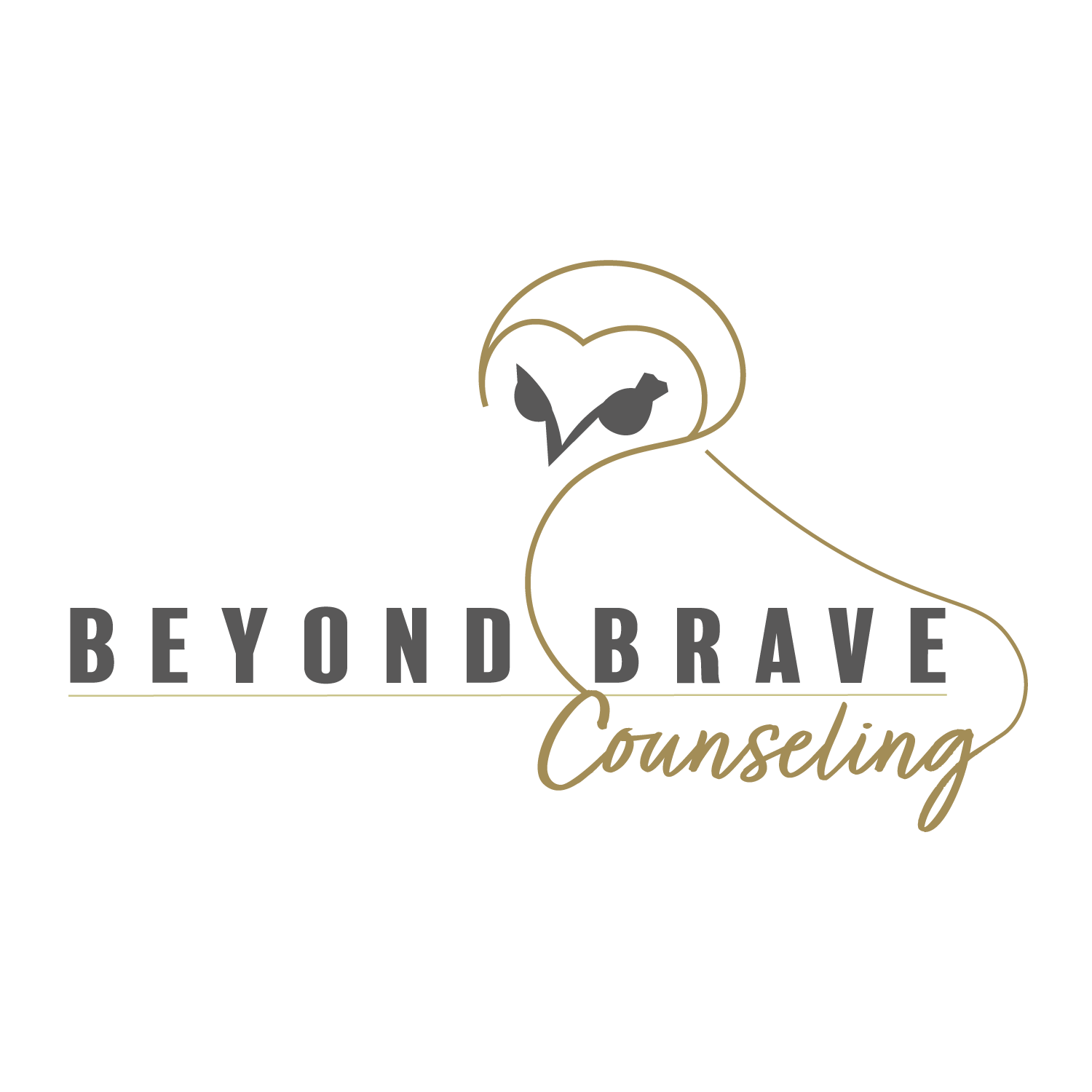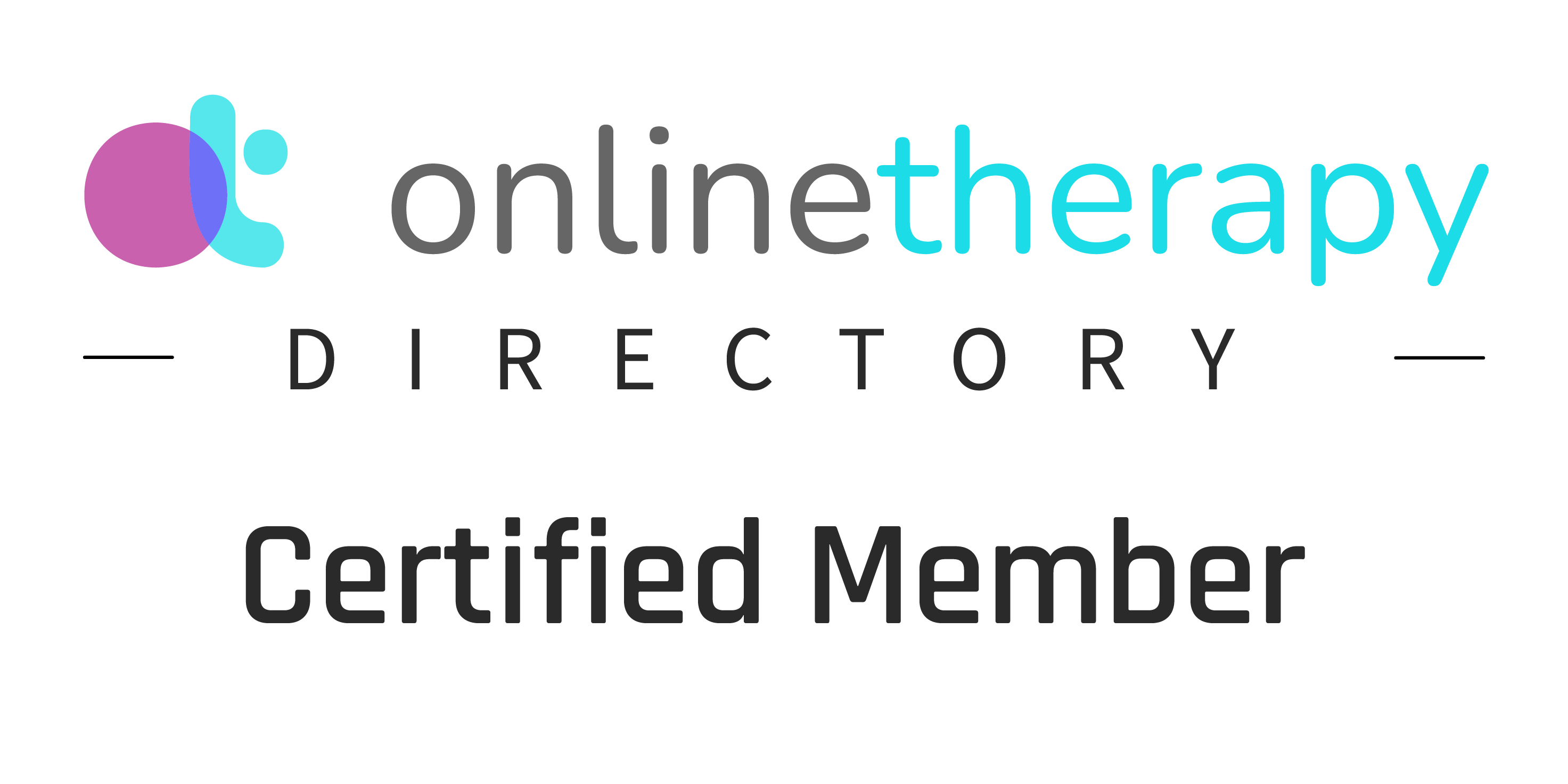Understanding the Impact of Adverse Childhood Experiences and Toxic Stress
“Tell me about your childhood…”
Or so begins all those therapy sessions in movies, right?
And while real-life therapy isn’t quite so formulaic, there’s a good reason many therapists take such an interest in their clients’ pasts. The things we experience during our childhood years can have a big impact on the way we see and feel about the world around us.
And when those experiences are really difficult – when someone has a high ACE score – the impacts can last well beyond childhood.
ACE stands for “Adverse Childhood Experience” and refers to things like abuse, neglect, or violence suffered at a young age. The more ACEs a child has, the more likely they are to struggle with poor health and behavioral issues as adults.
What Are Adverse Childhood Experiences?
The original ACEs case study was done by healthcare consortium Kaiser Permanente in collaboration with the Centers for Disease Control and Prevention (CDC).1 Conducted over a two-year period in the mid-1990s and published in 1998, this study interviewed more than 17,000 people about their childhood experiences, current health status, and behaviors. Participants also received physical exams throughout the duration of the study.
The ACE study asked about ten types of adverse childhood experiences, including2:
Physical, emotional, or sexual abuse;
Physical or emotional neglect; and
Issues of household dysfunction, like mental illness, substance abuse, violence toward a mother figure in the home, divorce, or an incarcerated relative.
Since 1998, we’ve learned a lot about the impacts of ACEs. Not only do they have an immediate impact on children who experience them, but they have long-term effects, as well.
Toxic Stress
In a normal situation, the body’s stress response activates when faced with a perceived threat and then returns to its baseline when that threat has passed. Toxic stress, on the other hand, is the near-constant activation of your body’s stress response system as a result of repeated exposure to adverse childhood experiences.
This prolonged stress state can cause significant health complications later in life.
It’s possible to visualize this idea as a scale – because not all stress is bad. Positive stress might include excitement or mild nervousness over a first date, meeting a new friend for the first time, an upcoming audition or competition, or giving a speech or presentation.
Then there’s stress that might not be positive, but it isn’t toxic, either – challenging experiences like struggling with a school subject or the passing of an elderly loved one, for example. These can be difficult times for young people, but with supportive systems in place, they do not become damaging in the long term. The body’s stress response system activates but is allowed to return to a normal state over time.
Toxic stress is what happens when adverse experiences are extreme or recurrent. Your nervous system is like a constantly-revving car engine that’s never allowed to idle. Eventually, that car will wear out – and our brains and bodies will, too.
Understanding the ACE Pyramid
In general, ACEs do not discriminate – they affect children in communities across the country. Nearly two thirds of the original study participants reported at least one adverse childhood experience; more than 20 percent reported three or more.
With this said, already-vulnerable communities are at higher risk of long-term effects due to social and economic conditions that make adequate support measures more difficult to come by.
The ACE Pyramid puts the original framework of the ACE study into a visual format. This helps to illustrate the way your experiences early in life provide a foundation for health and wellbeing in the years to come.
The very bottom of the pyramid includes Generational and Historical Traumas. This is where some intersectionality can occur – for example, the impacts of systemic racism, generational poverty, or epi-genetics.
Local social conditions come next – like living in poverty or experiencing community violence.
On top of these sit the ACEs. When combined with a lack of appropriate supports or interventions, exposure to ACEs lead to the rest of the pyramid blocks: Disrupted Neurodevelopment; Social, Emotional, and Cognitive Impairment; Adoption of Health Risk Behavior; Disease, Disability, and Social Problems; and, ultimately, Early Death.
See the ACE Pyramid illustration here. >>
Interpreting Your ACE Score
A person’s ACE score is, essentially, a tally of the different adverse experiences they had as a child. The original study asked many questions of participants, including those that assessed the socioeconomic status and educational attainment of the entire family. This helped to ascertain whether certain populations were more likely to struggle with ACEs. What the results showed is that adverse childhood experiences were prevalent in all kinds of communities across the country.
A pared-down version of the questionnaire is available via NPR.org. This quiz calculates how many of the ten different ACEs you may have experienced as a child.
The higher your score is, the more likely you are to experience health problems as an adult – particularly chronic pain or illness, heart disease, and certain cancers. You’re also at a higher risk for social and emotional problems, as well.
But your score isn’t the whole story. Appropriate supports and interventions that happen during childhood can help to balance the difficult experiences a young person may have, setting them up for a healthy adulthood.
And while prevention is best, therapeutic intervention is available for adults who are struggling with the long-term impacts of a high ACE score.
Long-Term Impacts of Adverse Childhood Experiences
A core concept of the research surrounding the ACE score is that stress in childhood can lead to poor physical, emotional, and social outcomes as you get older. Stress – especially complex, toxic stress – that builds up in your body over time has very real physical consequences.
Exposure to ACEs can lead to a variety of issues throughout life:
A higher incidence of injury, like traumatic brain injuries, fractures and broken bones, or even burns
Mental health struggles like depression, anxiety, PTSD, and suicide attempts
Chronic diseases like cancer or diabetes
Risky behaviors like substance abuse and unsafe sex, as well as infectious diseases like HIV or STDs
Maternal health problems like pregnancy complications or fetal death
Loss of opportunity due to poor academic or professional performance
The health risks caused by repeated exposure to ACEs include poor behavioral habits like a lack of exercise, unhealthy eating habits, substance abuse or smoking, and difficulty fulfilling obligations like showing up to work regularly and on time.
The neurological effects of toxic stress are also very real and can mimic the symptoms of ADHD, for example. Changes to the amygdala and prefrontal cortex of the brain cause a constant state of hypervigilance, leading to a reduced ability to pay attention or focus. Anhedonia – the inability to experience joy – can occur. It can even become difficult to accurately assess a given situation, leading to inappropriate responses and reactions.
And toxic stress doesn’t start and stop with a single individual. The concept of epi-genetics means that something like toxic stress can actually change our genes – this stress can be passed down from generation to generation.
How To Overcome Adverse Childhood Experiences
What can you do if you or your child have struggled with ACEs?
First, prevention is best. As much as possible, a child’s exposure to adverse experiences should be reduced.
But just because a child is exposed to one or more ACEs does not mean they will experience long-term harm. Creating strong, healthy relationships with children that help them build resilience and learn coping skills can prevent the onset of toxic stress.
Nurturing, safe, and stable environments are critical to this. Learning to cope with adversity – big or small – with the help and guidance of supportive networks can mitigate the impacts of any ACEs they may experience. Children who feel confident, competent, and connected to family, friends, and their community and who have a clear sense of right and wrong will have a better chance of recovering well from traumas they may experience.
Therapy Is Key to Recovery
It isn’t always possible to prevent the impact of ACEs on yourself or your child. While early intervention will provide the best chance of lessening the long-term harm of these experiences, there are things you can do in adulthood to mitigate the damage.
Knowing the categories and signs of ACEs is key to recognizing when you or a child needs help. A qualified therapist can help provide a safe environment for children and adults to work through the impacts of their experiences.
ENDNOTES
1 https://www.cdc.gov/violenceprevention/aces/index.html
2 https://www.joiningforcesforchildren.org/what-are-aces/



